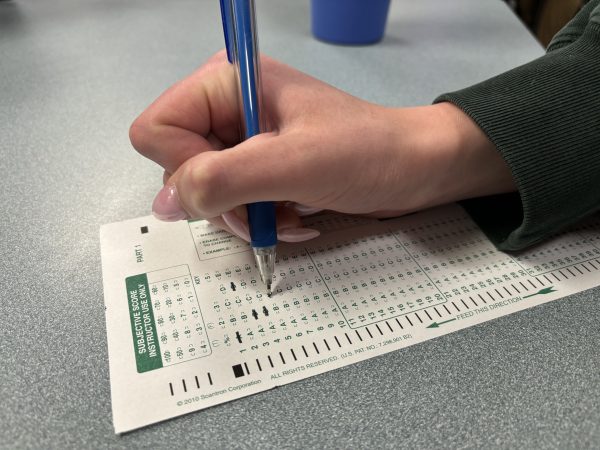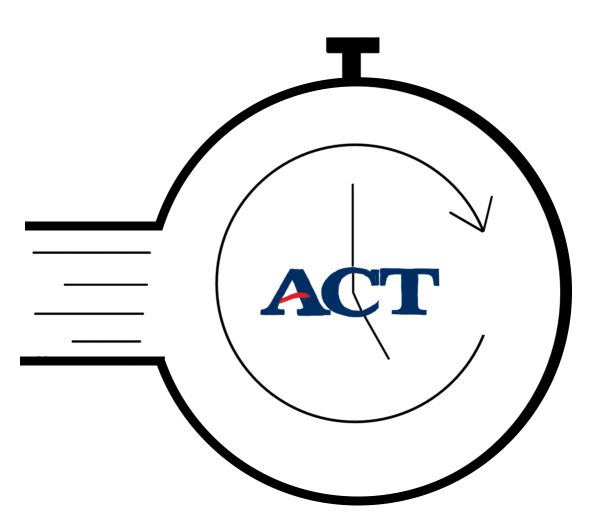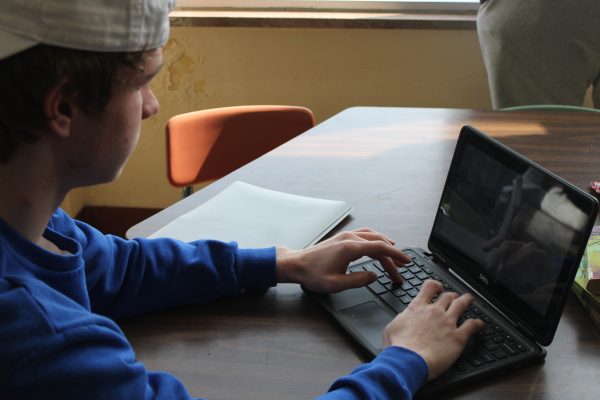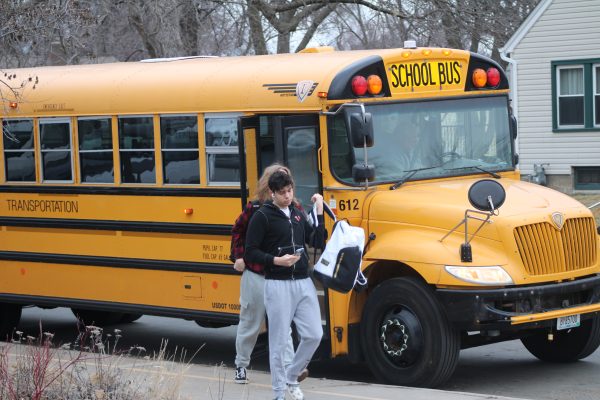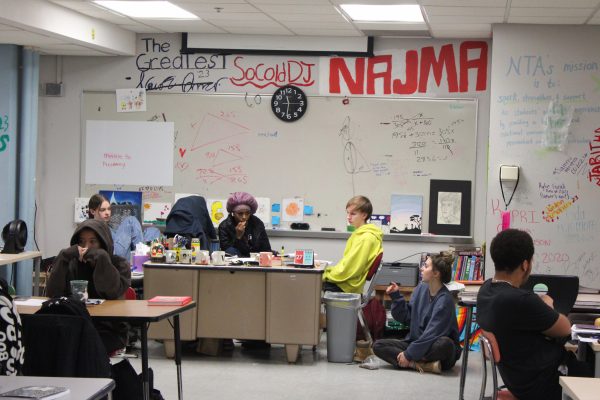Hybrid model offers many benefits
Versatility allows for more structure
October 20, 2020
With the ongoing pandemic, most students want a sense of normalcy in their lives. The hybrid model takes that into consideration and allows for more flexibility for students and staff.
In a distance learning model, it is difficult to get one-on-one help from teachers during class, whereas the hybrid model allows for students to physically be in a classroom and get help immediately from their teachers on certain days of the week.
The hybrid model allows students to socialize amongst one another which would help normalize the current situation. This in turn creates a stronger sense of community in classes, while in distance learning, students aren’t able to converse freely amongst each other. The impact of not being able to freely speak with classmates loses a sense of unity that is not attainable in a distance model.
For certain classes that are designed to be hands-on courses, the approach to learning in those courses is unachievable, as students aren’t physically present in the classroom.
In an article by Education Week, the hybrid model would allow students who need help in certain areas, like special education or English learners, to return. This would heavily benefit those students, as they are able to receive the assistance they need.
The concerns arising from the hybrid model are all understandable, but as long as social distancing guidelines from the MDH are met, there shouldn’t be many issues surrounding the safety of students and staff.
With distance learning, it is very easy to feel lost and confused about topics discussed in class, as virtual lectures aren’t the same. Implementing the hybrid model gives the opportunity for students to benefit from both learning models.
For students who aren’t able to attend in-person classes, parents and guardians are able to opt-out their student and remain in distance learning for the semester.
As a student, having both in-person and virtual learning would allow for much-needed flexibility during these times. At times, students can feel drained of energy after staring at a screen for long periods of time. Having in-person lessons would improve the overall mental health and well-being of many students.
Overall, implementing the hybrid model would allow for a more adaptable and versatile way to educate students. Connecting in-person fosters a sense of community, which is essential during the ongoing pandemic.






